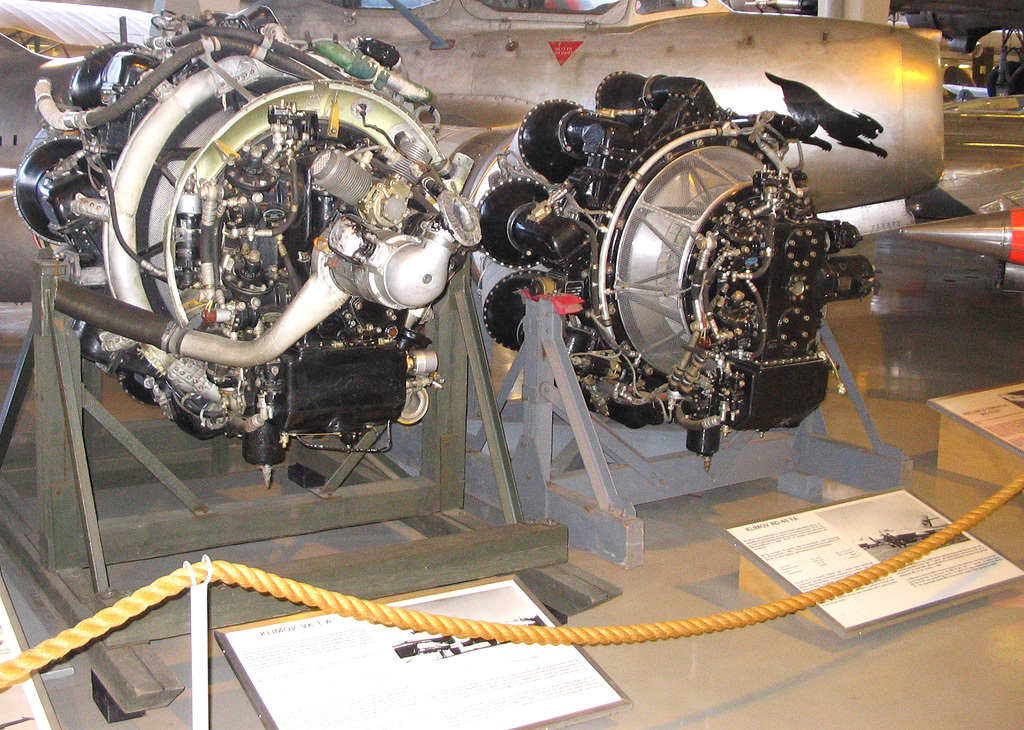That looks like a troll gif.

Follow along with the video below to see how to install our site as a web app on your home screen.
Note: This feature may not be available in some browsers.
That looks like a troll gif.






So just for those who do not understand...If the F-16 is modified with an engine that could generate full military power between 30,000-50,000 feet, how much of an advantage...


The fighter with the engine that can produce the most constant power output will have many advantages over its less capable opponents. Advantages like better sustained turn and climb rate, immediate throttle response, or longer mission duration.

If the F-16 is modified with an engine that could generate full military power between 30,000-50,000 feet, how much of an advantage would it give you over a regular F-16 that you used to fly?

What do you mean by "modified"? If you're asking specifically about the F-16, then ATM there are really only 2 - 3 options between the General Electric F110-GE-129 and the Pratt & Whitney F100-PW-229 on almost every single flying F-16 out there with the exception of the UAE's block 60s which are powered by the more powerful General Electric F110-GE-132. Almost 2/3 of the 1,500 or so USAF F-16s are powered by the F110-GE-129 and the other 500 or so by the PW F100-229.
So there really are limitations to your hypothetical with basically those 3 -- but mostly 2 -- engines.
Also, just to be clear (and I'm not sure why @gambit doesn't clarify this with you) but he was a technician for the F-111 and F-16 and not a pilot of those 2 aircraft. I'm guessing Mr. gambit was working on the F-16 prior to the AFE program when the GE engine was introduced (or maybe not), and so his experience was more likely with the PW although his duties might not have been engine mechanics. Go back to post #18 and that member "Chogy" was an F-15C pilot. Too bad he doesn't participate here anymore.
Another issue with this "modifying" question/concept is that the F-16 (more likely the same applies with other jet-specific engines) is that both, the PW and GE have specific engine mounts. Essentially a C-channel that runs through the top of the engine which slides onto a built-in rail in the upper compartment of the engine bay and is pinned in the front with 2 bolts. Aside from other piping connections and electrical connections/harnesses, those are the two primary mounting elements of the F-16 engines which differ in many of the other, non-US jets. That's probably why he answered the question the way he did without giving any specifics on any kind of power generated at any specific altitudes. A modified engine needs to be one of those two (or 3) and those two are at their peak as of this date, besides the F110-GE-132 which as far as I know, is not part of the current Viper upgrade being offered. The latter having a maximum thrust of 32,500 lbs as compared to an average of 29,500 on the other two. An additional 3K lbs probably makes a big difference in your question and why the UAE asked for those in their block 60's. They are the only F-16s currently using that engine.
So the answer is really limited to those 3 engines and there are no modification to be made to them at this stage without introducing a completely new engine specifically for that aircraft.

AFAIK, he was an F-111 back seat driver and F-16 driver.
